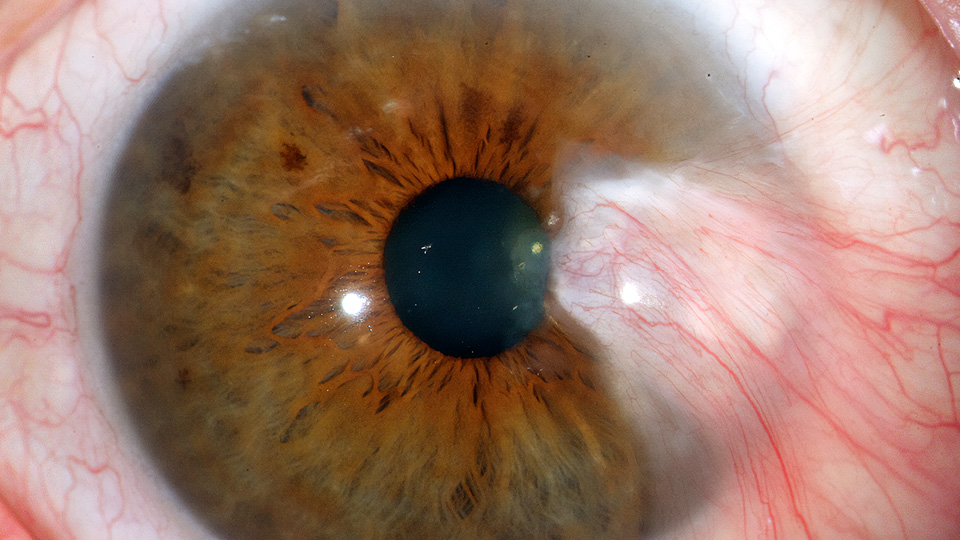Benefits of strength training
22/04/2025

05/12/2023
Pterygium, characterized by abnormal tissue growth on the conjunctiva, has been a subject of attention and treatment for centuries. As the pterygium progresses, it can lead to eye discomfort, astigmatism, and corneal invasion, resulting in clouding. Surgery is recommended in such cases.
With the evolution of medicine, surgical techniques have advanced to minimize pterygium recurrence and enhance outcomes. Currently, tissue adhesives are employed to replace traditional sutures.
Sutureless pterygium surgery entails removing the pterygium and replacing it with healthy tissue using tissue glue. Simple pterygium removal may lead to recurrence, emphasizing the advisability of using a conjunctival graft whenever possible.
Performed under local anaesthesia, the surgery removes the pterygium from the cornea and conjunctiva-invaded areas, meticulously cleaning fibrous tissue that has developed over the years to leave the area as clean as possible.
The treated area is then covered with a graft, usually taken from the upper temporal quadrant beneath the upper eyelid of the same eye. A biological glue based on fibrin ensures secure placement of the tissue.
Post-surgery, antibiotic ointment and a compressive bandage maintain graft position for 24 to 48 hours until proper healing is achieved.
During the postoperative period, the eye may be red for a few days, and some discomfort may be experienced. The patient requires a treatment regimen consisting of corticosteroids, antibiotics, and abundant topical lubrication with ointments, gels, and artificial tears to promote graft adherence and integration with surrounding tissues.
With this technique, a very low percentage of pterygium recurrences is achieved. By not using sutures, the patient's postoperative experience is also more comfortable. Overall, the result is very satisfying because, in the hands of experts, the operation yields good results, and the final cosmetic appearance is usually excellent.
Dr. Miriam Barbany, ophthalmologist at the Barraquer Ophthalmology Centre